Getting to the Moon is no easy task. In fact, despite the Moon being 500 times closer, it takes more energy to land on the Moon than it does to land on Mars.
Every rocket that goes to the Moon aims to follow the most energy efficient route (depending on the mission.) The goal with Artemis 1 for example, was to send the Orion capsule around the Moon to test out all of its systems.
The goal with the Apollo missions however, was to land humans on the Moon and return them to Earth. This requires a lot more energy. So why did Artemis 1 take such a weird route to the Moon?
Orion has now reached the Moon, here’s how it will get back to Earth on the 11th of December. pic.twitter.com/2vvTw8AZ1Z— Primal Space (@thePrimalSpace) November 21, 2022
Artemis 1 delta-v comparison
When planning your route to the Moon, it all comes down to delta-v, which is basically how much the spacecraft has to change its velocity to complete its journey. The delta-v required for a specific route is the same for every rocket.
Two completely different rockets traveling on the same route will require the same amount of delta-v, but it’s how much energy you have to put in to get that delta-v that really matters.
If your rocket is much heavier or its engines are less efficient, you will need to put in more energy to achieve the same delta-v. Despite SLS being more powerful than the Saturn V, the delta-v dramatically falls away when we consider the command modules.

Although Orion is lighter than Apollo, it has less than half of the delta-v. This is because Artemis 1 went with a much roomier command module at the expense of a smaller service module.
Apollo did the opposite and used a smaller command module with a much more capable service module, with more thrust and propellant capacity.
This had a massive effect on delta-v, but having such a small and lightweight command module meant that the life support systems could only support the crew for a total of 14 days.
Because of this the Apollo missions had no choice but to take the quickest route to the Moon which involved performing a long duration burn as soon as it arrived at the Moon, to slow it down and place it into orbit.
This took a lot of energy, but it meant that they could get into Lunar orbit in just 3 days compared to 10 days for Artemis 1 mission. Orion simply didn’t have the delta-v to do this, and so NASA had to do an amazing bit of planning to get to the Moon.
In order for Artemis 1 to get to the Moon and stay for long enough, NASA aimed for a distant retrograde orbit, which had never been done around the Moon until this year. This involves orbiting the Moon at a distance and moving in the opposite direction to the Moon’s orbit around Earth.

In this orbit, the spacecraft spends an equal amount of time at lagrange points 1 and 2, which help to keep the orbit balanced. This means the spacecraft doesn’t need to waste fuel in order to maintain its orbit.
In order to get to this orbit, a spacecraft could aim to meet the Moon here and perform a burn to slow itself down and complete the orbit.
This is called a direct insertion and is essentially what the Apollo missions did. However, to save as much fuel as possible, Artemis 1 went a different way.
Instead of aiming at a point 70,000km from the Moon, Artemis 1 aimed for this point, just 100km above the Lunar surface. From here, Orion made use of a gravity assist to slow it down.
Although most people think of gravity assists being used to accelerate an object, the exact opposite can be done by approaching the Moon from a different side.
The Moon orbits the Earth counterclockwise, so if Artemis 1 approached the Moon from this side, not only would the Moon’s gravity pull it in, but since the Moon is also moving away incredibly fast it would pull the spacecraft along and slingshot it to an even greater velocity.
If you approach the Moon from the other side, you end up traveling in the opposite direction to the Moon – and so instead of increasing your speed, it pulls against you and slows you down. This is exactly what Orion did. But this alone isn’t enough to get it into Lunar orbit.

When Orion reached the point of closest approach, it fired up its engine to slow itself down even more. This slowed it down just enough to enter into an elliptical orbit with an apoapsis of 70,000km, the exact height it was aiming for before.
Since the gravity assist did most of the work, Orion was able to save a huge amount of fuel. However, Orion still hadn’t reached its distant retrograde orbit, so it had to do one more burn in order to circularize its orbit.
It performed a burn once it reached its apoapsis, to accelerate and raise its periapsis to 70,000km.
This got Orion into its distant retrograde orbit, which meant it traveled much deeper into space than the Apollo missions. A single orbit of the Moon at this distance took 12 days – and if NASA wanted to, they had the option of extending it by another 12 days by simply staying around the Moon for another lap.
This orbit was ideal for NASA, as it meant they could spend more time testing out Orion’s systems.
This trajectory to the Moon may seem unusual at first, but when we look at it from the Moon’s perspective, it starts to make a lot more sense and we can see how the Moon captured Orion.
It’s even more interesting if we go back to Earth’s perspective and take away the Moon. Technically, Orion was actually still just in an elliptical orbit around Earth, but because its orbital period was the same as the Moon, it appeared to constantly swap sides.
To get back to Earth, Orion had to break free of the Moon’s gravity. This meant doing the clever gravity assist maneuver but in reverse. It slowed down so that it would come close to the Lunar surface and then did a final burn which sent it on a trajectory back to Earth.
The reason it waited to perform this final burn at its closest approach is due to the Oberth effect. Even with the same amount of fuel onboard, the rocket gains much more velocity by burning closer to the Moon, when it’s feeling the most amount of gravitational pull.

Imagine two moving walkways (one moving slowly and one moving fast). If someone walks down the slow one, they will come off the end still moving quite slowly. If someone walks on the fast one, they will come off the end at a significantly higher speed.
Not only that, they will achieve a higher delta-v by using less energy, since they have spent less time walking. When a spacecraft is at its closest approach, it’s experiencing the highest amount of gravitational pull which speeds it up, as if it was on the faster walkway.
These types of maneuvers are an incredibly important part of spaceflight. They allowed humans to make the most incredible leap to the Moon – and with Orion, they will continue to pave the way for future astronauts.
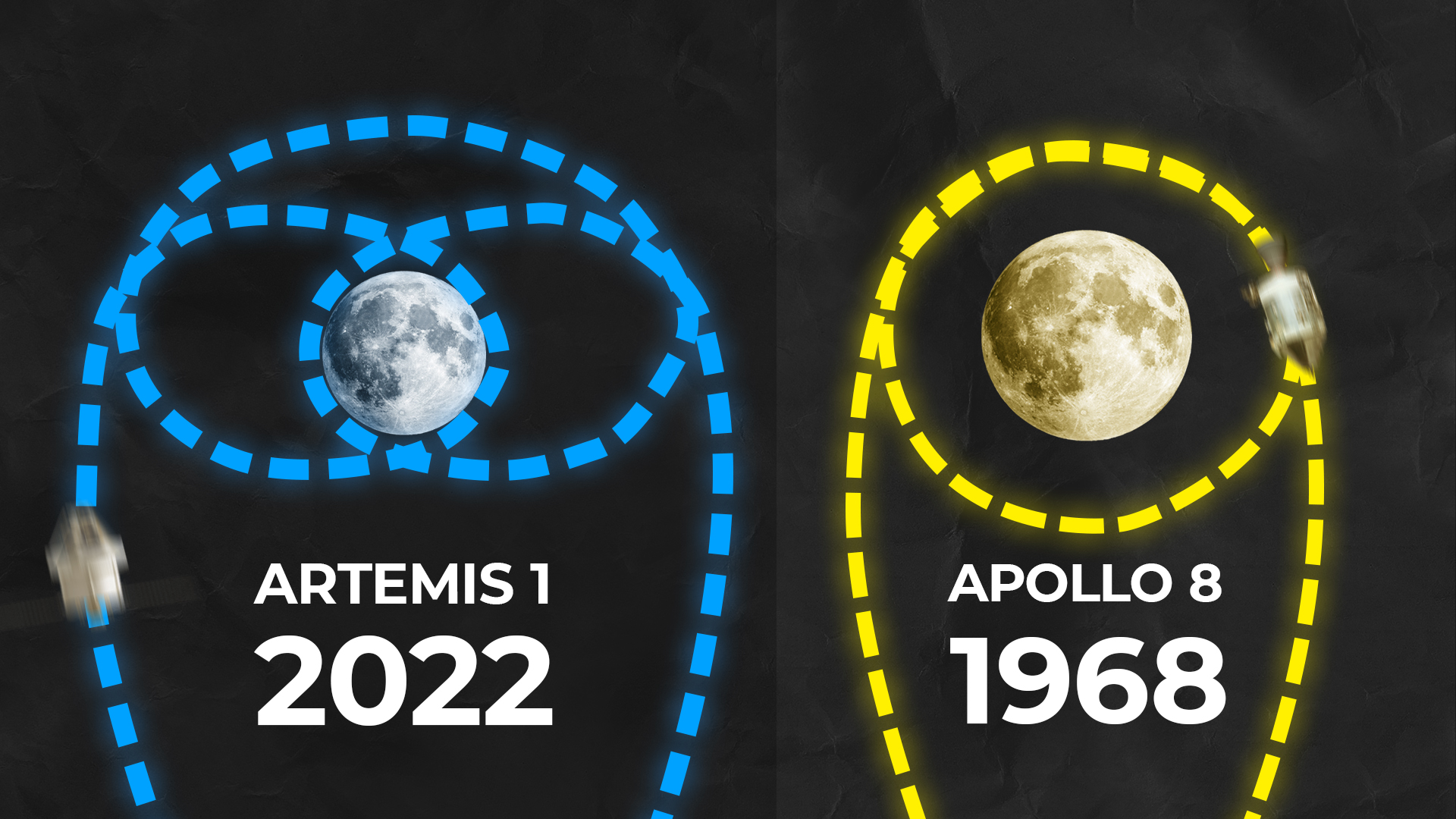
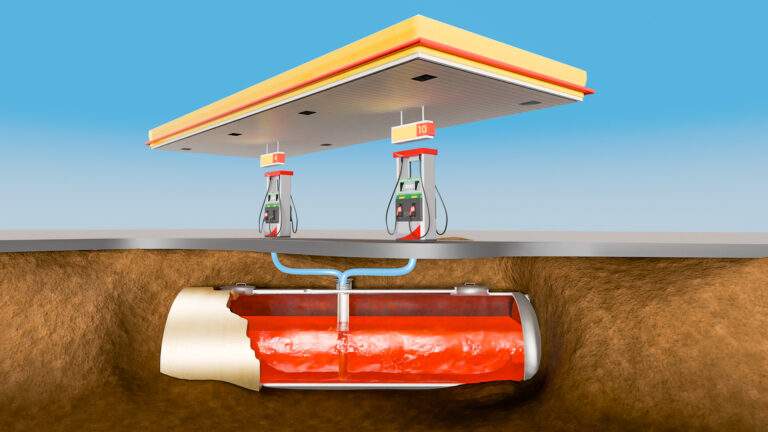

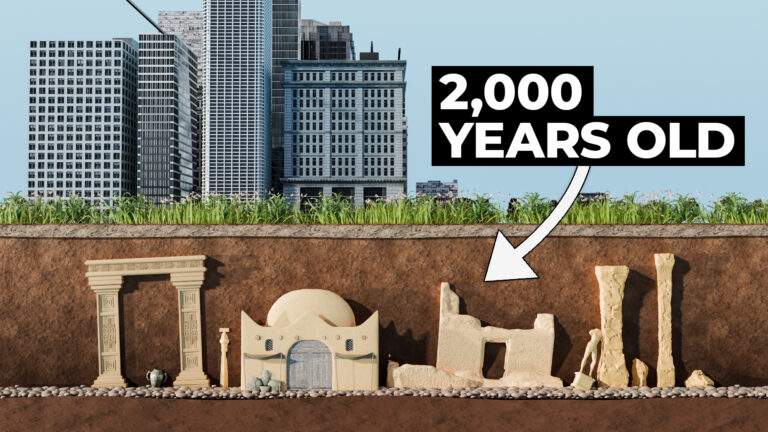
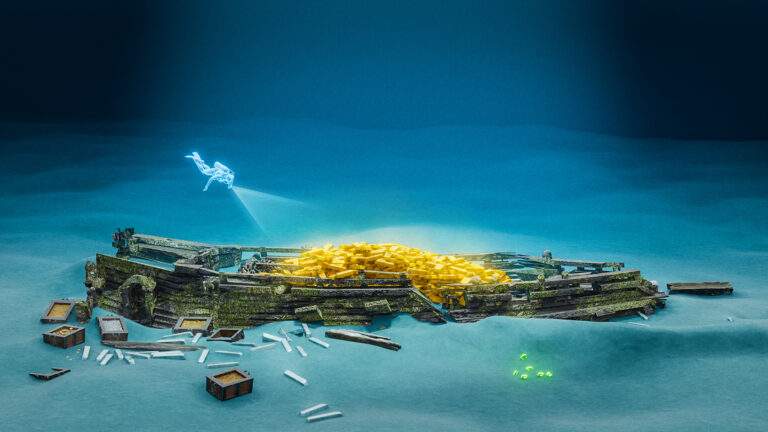

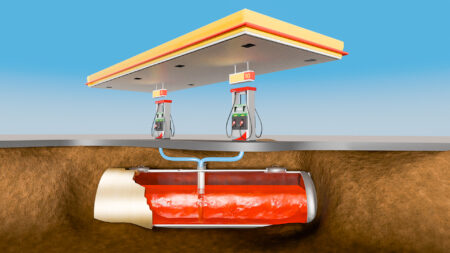

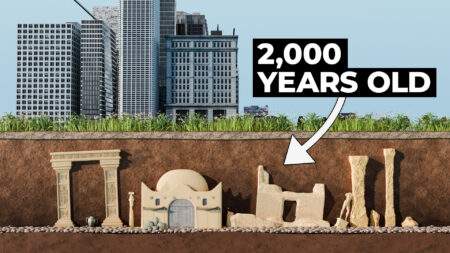
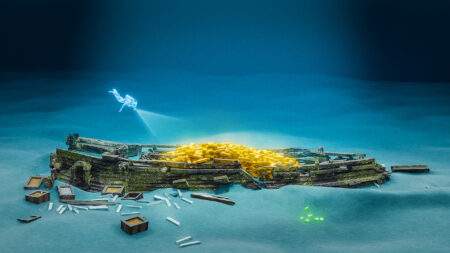


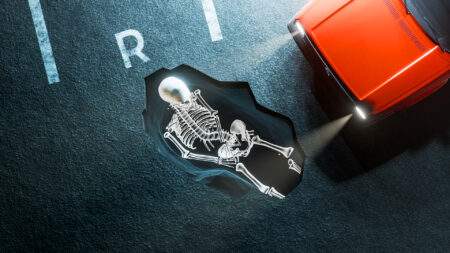
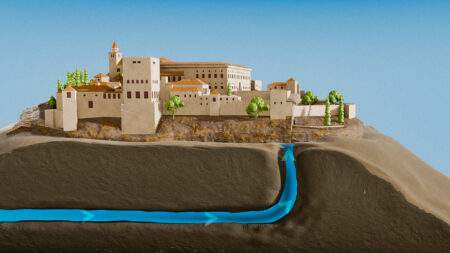
Can you be more specific about the content of your article? After reading it, I still have some doubts. Hope you can help me.
Thank you for your sharing. I am worried that I lack creative ideas. It is your article that makes me full of hope. Thank you. But, I have a question, can you help me? https://www.binance.com/en-ZA/register?ref=JHQQKNKN
I don’t think the title of your article matches the content lol. Just kidding, mainly because I had some doubts after reading the article.
Your point of view caught my eye and was very interesting. Thanks. I have a question for you.